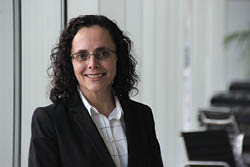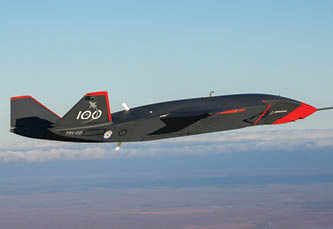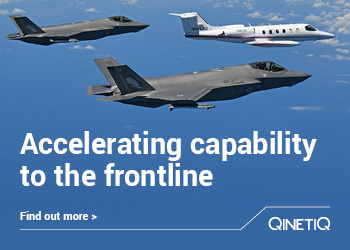The Australian space industry has great ambitions and plans for growth, but according to Samantha (Sam) Murray who leads Siemens’ digital industries software business in Australia, if Australia wants ‘to boldly go’ and develop the industry at ‘warp speed’ then we need rapid adaptation of hi-tech software.
We caught up with Sam to understand Siemens role in the space industry and to find out how she sees the industry taking off in Australia.


Sam, what do you mean by ‘warp speed’ when it comes to the Australian space industry?
The space industry is like any other industry. If you want to innovate and bring new offerings to life and make them commercially viable then you need to fast-track digital transformation.
Where does Siemens fit into the space industry?
Siemens technology was onboard NASA’s Apollo 11 and our electrical controls were even on the Parkes Radio Telescope. More recently, our technology and software has supported the James Webb Space Telescope (successor to the Hubble Space Telescope), SpaceX, and even Mars Curiosity and Perseverance rovers.
Why is the space industry even more important today than it was in the ‘60s and ‘70s?
Many don’t realise that space-based technology underpins a lot of the daily things we take for granted such as online banking, GPS in cars, forecasting the weather and more. There is tremendous potential for the space industry to revolutionise many more areas of our lives and to ‘transform the everyday’, as we say at Siemens. Imagine the impact on things like emergency management for bushfires and crop health in agribusiness.
What’s your take on what’s happening in this industry right now?
The Apollo space program had 400,000 engineers, technicians, and scientists over the 14-year program. But there’s probably more computing power today in a PlayStation. Space dreams and ambitions become accessible to almost anyone with a great idea, drive, and talent – so the opportunities for the space industry in Australia are incredible if we combine amazing people with the most powerful industrial software.
Why does so much of the space industry use Siemens software?
Siemens is the largest industrial software company in the world with incredible depth and breadth of offerings. Many industries use our software but the space industry is operating in some of the most advanced and most complex environments. Often these conditions can’t be replicated physically and the complexity requires incredible computing power. Of course the industry also looks for advantages such as speed and reliability, rapid prototyping, efficiency, smarter use of scarce resources, scaling up, collaboration platforms and more.
Software can be a great leveller – especially now that much of our software is more accessible. Our Xcelerator as a Service offerings makes the best-in-class Siemens cloud-based solutions accessible to everyone. Whether you’re a start-up or an enterprise – what we find people are looking for is flexibility, accessibility and scalability. TeamCenter X is just one example- a cloud-based product lifecycle management platform. It allows users to edit product data and processes such as 3D designs, embedded software, documentation and bill of materials.
Are there any great space or aerospace examples closer to home using Siemens software?
Rocket Lab in New Zealand started working with Siemens software in 2019, adopting Teamcenter and NX to integrate all of their design and engineering data with the goal of establishing an end-to-end digital thread that enables increased transparency and efficiency across various offices. They’ve been able to combine various aspects of data related to the same part, assembly, and system to maintain a single source of truth across the life cycle of the product.
Hypersonix Launch Systems are using our software to design its hydrogen fuelled sustainable aerospace vehicles.
Then, more in the aerospace field, you have HeliMods who were an early adopter of our industrial software and have been able to use digital twin technology to innovate solutions like their lifesaving one-touch search and rescue helicopter patient loading system.
Mark Eaton














